I would like to connect two sensors to Arduino Mega, but I don't how to connect the pins. My two sensors have 0-5V Signals, each with a positive and minus cable. Should I connect the positive cable to each A-X pin of arduino (e.g. A0 and A1) and connect both negative cables to the same Arduino GND pin?
Would this way mix analoge and digital GND? I read that both should be kept separated. How to achieve this.
UPDATE:
Sensor Specification: http://www.optris.com/optris-ctlaser-3m
Outputs / analog: 0-5/10 V
Output impedances: mV min. 100 kΩ load impedance
Power supply: 8-36 V DC Current draw: max. 160 mA
